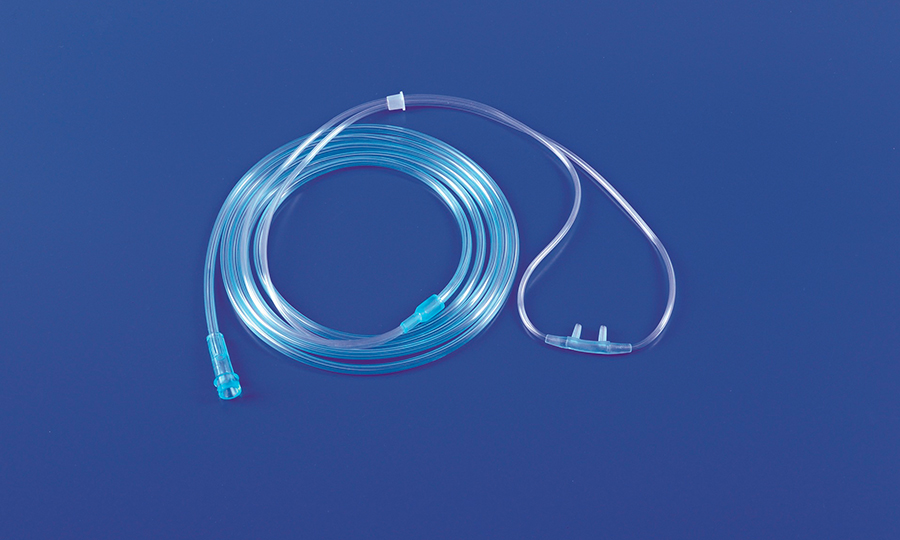The nasal oxygen cannula is a crucial medical device used in respiratory care to deliver supplemental oxygen to patients. This article delves into the benefits and applications of nasal cannulas, highlighting their effectiveness, comfort, and ease of use in oxygen therapy. Learn about the various uses of nasal oxygen cannula in medical settings, including hospitals, clinics, and home care. Gain valuable insights into how this device promotes optimal oxygen delivery, improves respiratory function, and enhances the overall well-being of patients. Explore the importance of nasal oxygen cannula in respiratory care and its contribution to successful oxygen therapy outcomes.


Nasal Oxygen Cannula
l Sterilized by EO gas. Non-toxic. Non-pyrogenic, single use only
l Transparent and clear medical grade PVCfor patient comfort and visual assessment.
l Adaptor swivels to accommodate patient postion.
l Adjustable nose clip ensures comfort.
l Model: L, M, S

In the world of respiratory care, nasal oxygen cannulas play a crucial role in delivering supplemental oxygen to patients who require assistance in breathing. A nasal cannula is a lightweight, flexible tube that consists of two prongs designed to fit comfortably into the patient's nostrils, delivering oxygen directly to the lungs. It is widely used in various healthcare settings, including hospitals, clinics, and home care, due to its effectiveness, comfort, and ease of use.
One of the primary advantages of using a nasal oxygen cannula is the efficient delivery of oxygen to the patient. The prongs rest in the patient's nostrils, allowing a steady flow of oxygen to directly enter the respiratory system. This ensures that oxygen reaches the lungs, providing the necessary support for patients with respiratory conditions, such as chronic obstructive pulmonary disease (COPD), asthma, or pneumonia.
Another notable benefit of the nasal cannula is its lightweight and unobtrusive design. Patients can continue with their daily activities, such as eating, speaking, and even sleeping, while wearing the cannula. Unlike other oxygen delivery methods, such as Masks, the nasal cannula allows for greater freedom of movement and can enhance patient comfort and compliance with oxygen therapy.
Furthermore, the nasal oxygen cannula is easy to use, both for healthcare professionals and patients. It can be quickly and securely attached to an oxygen source, such as an oxygen concentrator or tank, without requiring specialized training. Patients can easily adjust the flow rate of oxygen to suit their individual needs, under the guidance of healthcare providers.
The versatility of nasal cannulas is another advantage worth mentioning. They are available in various sizes to accommodate patients of all ages, from infants to adults. Nasal cannulas can provide a range of oxygen flow rates, making them suitable for different levels of oxygen therapy requirements.
In conclusion, nasal oxygen cannulas are essential medical devices in respiratory care, delivering supplemental oxygen with efficiency, comfort, and ease of use. Their ability to provide optimal oxygen delivery, adaptability to different patient demographics, and unobtrusive design make them indispensable tools in healthcare settings. Understanding the benefits and applications of nasal oxygen cannula is crucial for healthcare professionals and patients alike, as it contributes to successful oxygen therapy outcomes and improved respiratory function.

Contact: Neo
Phone: 008615867460640
E-mail: Info@Hwtai.com
Whatsapp:008615867460640
Add: Building 2, Xinmao Qilu Science Technology Industrial Park, Tianqiao District, Jinan City, Shandong Province,China.
We chat
